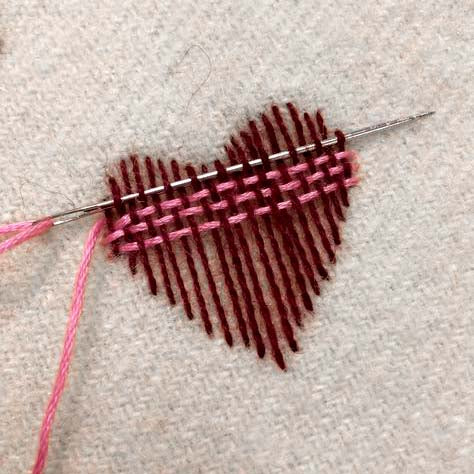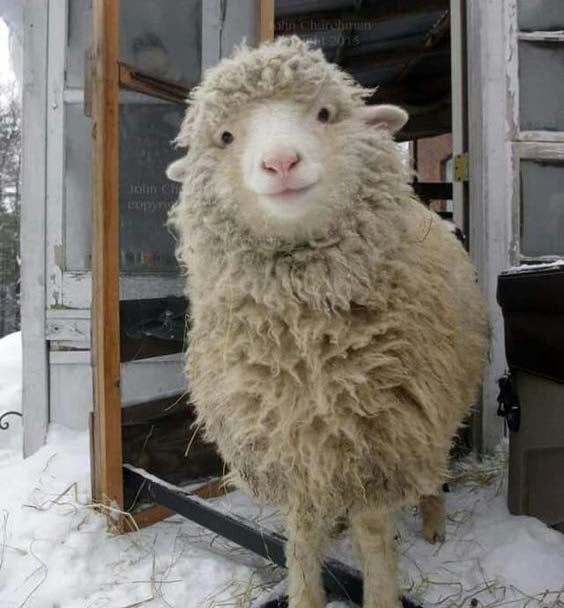
MEND before you spend
You're cold and open the closet, looking for that one nice sweater/cardigan that you practically lived in last year. But right when you find it... Shock! Horror! There is *% $ * # a hole in it !!!!! And now? Most people cannot part with those pieces and simply put the sweater back in the closet whilst muttering something like ... I'll mend that later, maybe?
There is a good chance that there are already multiple items in your closet in the same situation. They becomes a pile of clothing and piles ... grow. But with a little TLC, the growing stack can stop growing and disappear. How? Read on to find out.
MEND BEFORE YOU SPEND
Clothing is too valuable to just discard, the media nowadays is making a big point of this - and rightly so. We think we know a little about how you think at this point: you buy with your heart and your mind - you invest in beautiful things that will last a long time. With us you will find your favorite merino wool items, timeless pieces that you will cherish for years to come. But extremely strong merino wool - and other wool types - can still be damaged over time. Moth holes (those really still exist), small cuts- courtesy of your pet cat Mister Purrington, a fine-knit sweater that gets between the zipper of your jacket or jeans: but no matter how fun shopping around for something new can be, most damaged knitwear can be worn again after some small repairs.Did you know that in ancient times girls were taught how to mend holes in clothing at school? Part of upbringing. Frugality with diligence builds houses like castles. We understand that for a sock with only one small hole, you won't get out your entire sewing kit, but your beautiful woolen clothes definitely deserve that care. Not sure how to mend holes in your clothing? We'll help you with a small clinic. A la Plein Clinic ;-)
THREAD- FULLY AMAZING: THE PRIMAL METHOD
1. Find a thread that matches the color of your damaged garment. For small holes it doesn't even have to be a woolly thread: thin sewing thread is also allowed. Sometimes even makes for a more invisible end result.
2. Turn the garment inside out. Oh yes, first put a smooth, round object under your work (the convex side of a dish, for example). The undersigned has sewed her repair project to her knee once. Just saying…
3. If the hole is a bit bigger, sew a reinforcement thread around the hole first.
4. If you see obvious loops at the edge of the hole, pull the thread through them: work from the bottom up and back again. Fill the hole that way with parallel wires. Not enough "stuffing"? Then follow the same procedure in the direction perpendicular to it, pulling your thread through the previously made stitches. Don't pull too much, it shouldn't become a hard plug.
5. Tie off, et voilà!
An example? But ofcourse:

REPAIR NEW STYLE
In addition to invisible plugging of holes, there is also a counterpart: visible mending. Born in Japan - like so many trends - under the name of Kintsugi. It is a Japanese technique in which broken porcelain or ceramic tableware is repaired with epoxy and gold powder. This keeps the fracture lines visible. The underlying idea is that the faulty lines and repairs become part of the history of the item, making something even more beautiful and valuable. This actually applies to everything in life. What doesn't kill you, makes you stronger.
If you choose à la Kintsugi for a striking repair, you can approach it in several ways.
1. Repair your knitwear with a completely different color thread. Make it a colorful ball, and add a few more for fun to create a cool polkadot design. Or indulge yourself with colorful flowers. Okay, your repair isn't super-flashy, but it's fashionably disguised.
Some examples of Kintsugi Light:
2. Is the hole on your elbow? Sew on an old-school leather or suede elbow patch. You can find them at online haberdashery stores. You'll also find fun strawberry-shaped applications or 90's smileys, and they're not just for kids. Go crazy!

3. Ever heard of wool filler? That is wool in felt form: loose fibers that you pierce into the knit with the help of a needle. Due to the scaly structure of wool fibers, the old and new fibers interlock well and you can "fill" even larger holes. See? This is the link to a video.
So, now you have some things to do in your free time. Love your clothes, fix them with love. In other words:
Mend - before you spend
Love, Ilse & Nicole




